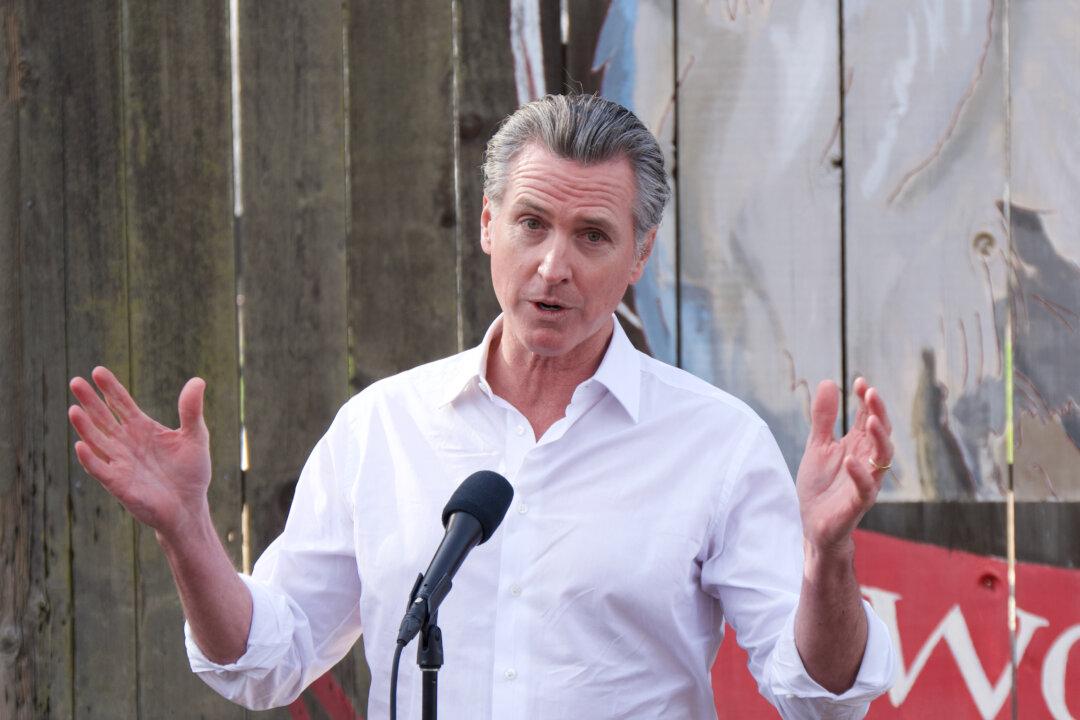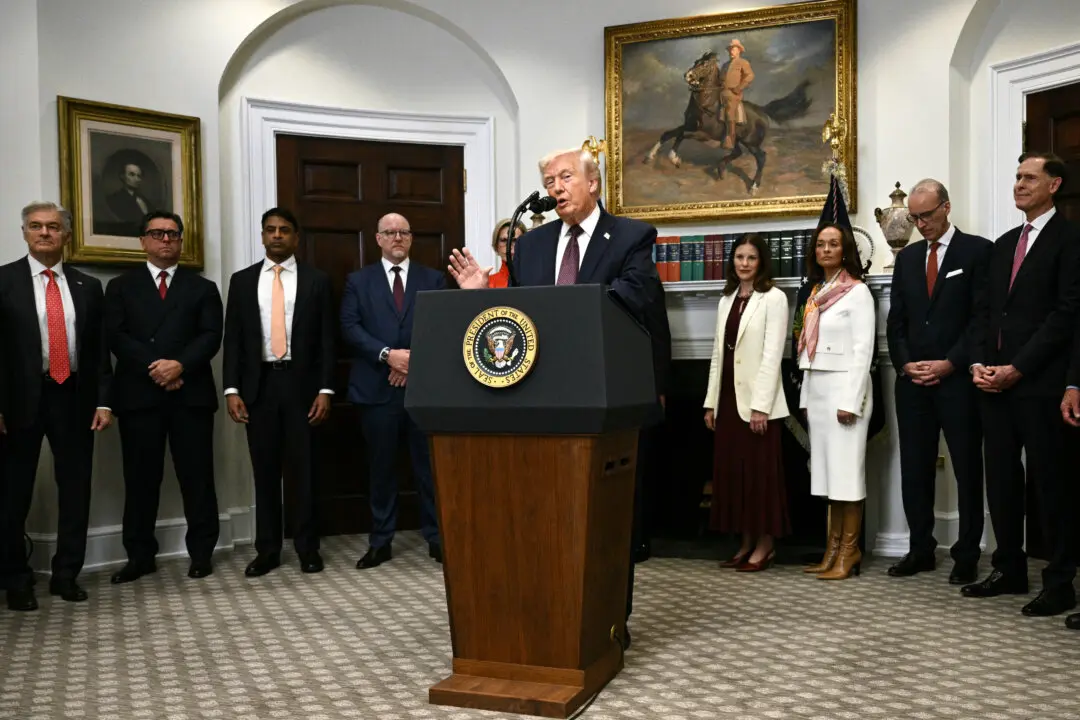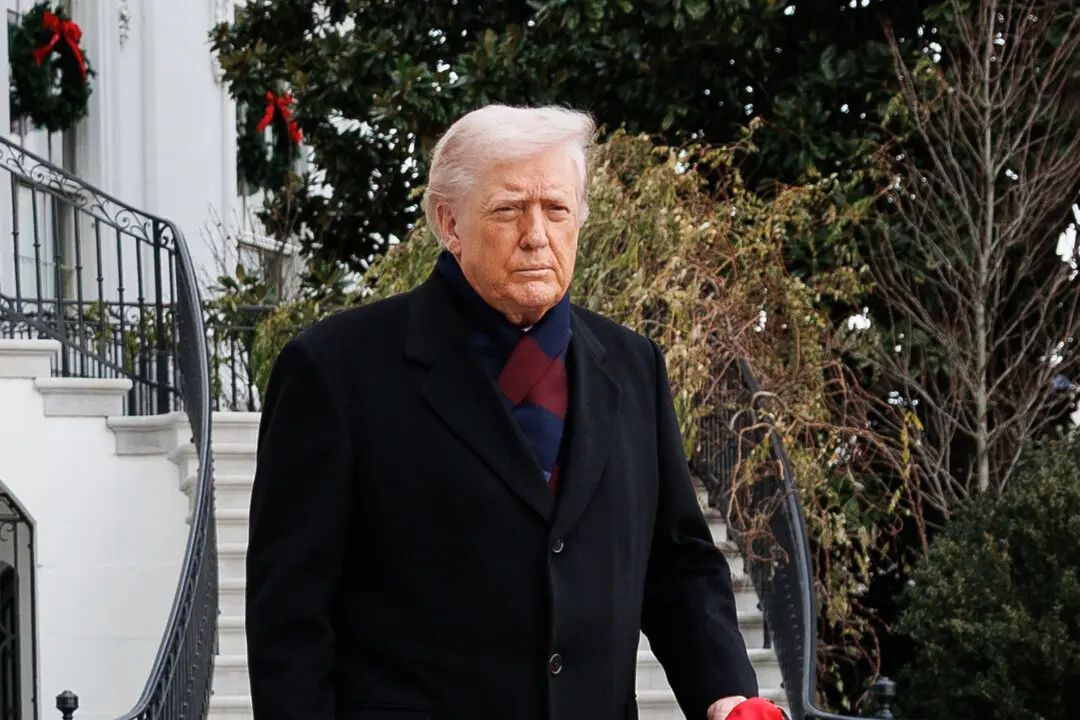California Gov. Gavin Newsom outlined the basic elements of his $322.2 billion budget proposal for the 2025–2026 fiscal year on Jan. 6, cautioning that President-elect Donald Trump’s policies could negatively affect the state and lead to substantial changes before the budget is finalized in May.
“We’re also walking into headwinds, a radically different moment in U.S. history, world history, arguably,” Newsom said during a press conference in Stanislaus County in the San Joaquin Valley. “And as a consequence, we need to be prepared.”





